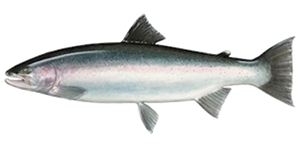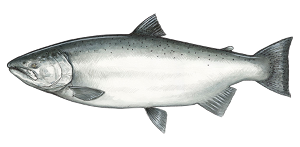Improving streamflows in Central Valley rivers for salmon and steelhead
Goals
The Bay-Delta Water Quality Control Plan process now in progress before the California State Water Resources Control Board presents a unique opportunity to secure adequate streamflows for cold-water fish below large reservoirs on major tributaries to the San Joaquin and Sacramento Rivers. These tributaries include the Merced, Tuolumne, Stanislaus, and Mokelumne rivers, all of which have terrific fishing for trout and steelhead below their lower dams. Obtaining sufficient flows in these reaches is necessary to boost the productivity and resiliency of native steelhead and salmon in the Central Valley. TU’s engagement in this process will help to ensure that cold-water fish populations in these waters will be self-sustaining and that a healthy recreational fishery will exist well into the future.
Tactics
In order to obtain sufficient flows in this proceeding, TU is providing scientific and legal justification to the State Water Resources Control Board regarding both the necessity of these flows for protecting and restoring cold-water fish species and their requirement under current laws and regulations. In addition, TU is working with partner organizations to increase public awareness about the proceeding and issues affecting salmon, steelhead and trout and their habitats in Central Valley rivers.
Phase 1 of this process affects the lower Tuolumne, Merced, Stanislaus and lower San Joaquin Rivers. Phase 2 of this process will affect the Sacramento River and its tributaries as well as the Bay-Delta.
Victories
Staff Contact
Chandra Ferrari
California Water Policy Director
916-214-9731
cferrari@tu.org
Author of this Page
Sam Davidson
California Communications Director
831-235-2542
sdavidson@tu.org




